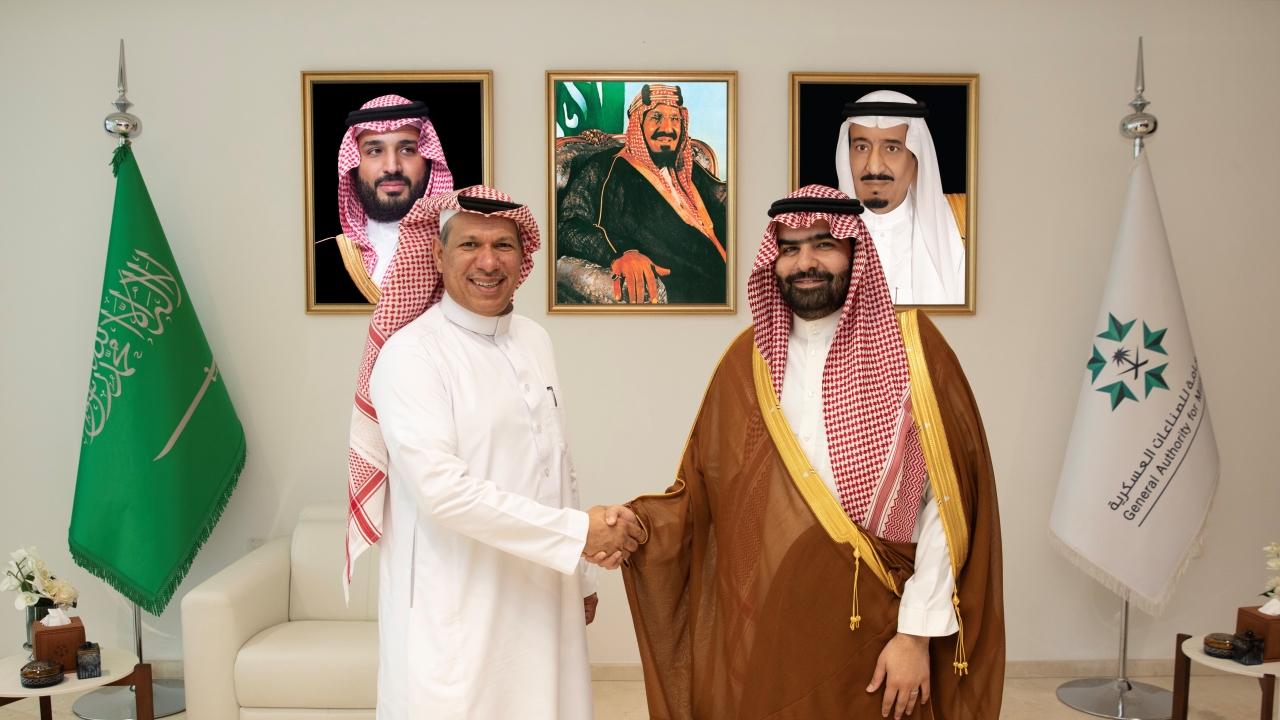Opportunities in the Middle East military UAV market to grow says Frost & Sullivan:

Currently, the U.S. and Israel are the top UAV exporters globally. Israel’s lack of military ties with Arab nations due to historic conflicts means that Middle East countries have had no option but to procure UAVs from the United States. However, other countries are achieving significant success in UAV technology and may soon be able to export to the Middle East. Regional interest and expertise in the domain is rising fast as well.
Stay up to date
Subscribe to the free Times Aerospace newsletter and receive the latest content every week. We'll never share your email address.

